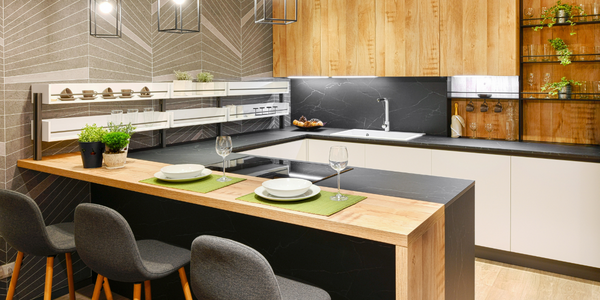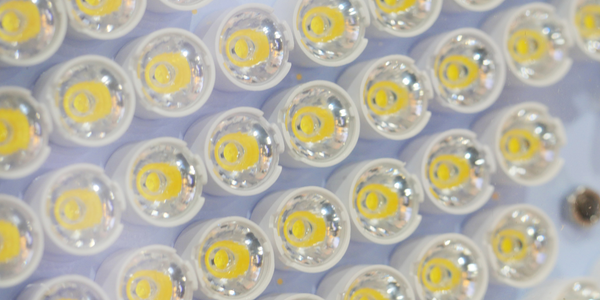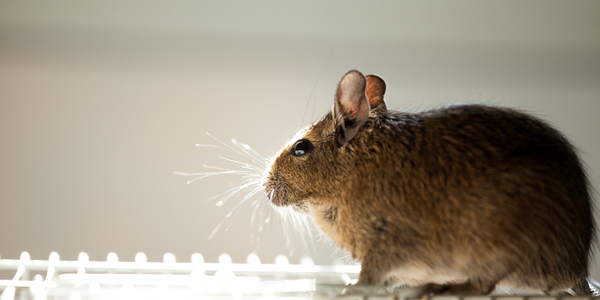Customer Company Size
SME
Region
- America
Country
- United States
Product
- Domo
Tech Stack
- Data Visualization
- Real-time Analytics
Implementation Scale
- Enterprise-wide Deployment
Impact Metrics
- Productivity Improvements
- Brand Awareness
Technology Category
- Analytics & Modeling - Real Time Analytics
Applicable Industries
- Education
- Consumer Goods
Applicable Functions
- Business Operation
Use Cases
- Real-Time Location System (RTLS)
- Predictive Quality Analytics
Services
- Data Science Services
About The Customer
The Loveland Living Planet Aquarium is a non-profit aquarium that engages and educates visitors and students about their place in the global system of life. Living Planet showcases the world’s ecosystems and features four main galleries. Their world-class facility spans 136,000 feet and is based in Draper, Utah. Their robust education program serves more than 100,000 students annually. The aquarium is dedicated to providing a rich, visual, and easy-to-understand experience for its visitors.
The Challenge
Loveland Planet Aquarium was facing a challenge of scattered data across multiple sources and platforms, including Gateway Ticketing, Facebook, and Google Analytics. The visualizations were scarce and reports were difficult to consume and understand. The information wasn’t available in real time, which was affecting the efficiency and informed decision-making process. They needed a solution to centralize all of their business data in order to quickly provide executives, managers, and directors the information they needed to effectively run the business.
The Solution
The aquarium implemented Domo, a data visualization and real-time analytics solution. This allowed them to centralize all their business data, providing quick and easy access to the information needed by executives, managers, and directors to effectively run the business. Domo also enabled them to create rich, visual reports that were easy to consume and understand. Moreover, the solution provided real-time data, improving efficiency and informed decision-making. The aquarium also used Domo to set up interfaces that monitor critical parameters like water temperature and air quality, alerting the animal care team immediately if something changes.
Operational Impact
Quantitative Benefit

Case Study missing?
Start adding your own!
Register with your work email and create a new case study profile for your business.
Related Case Studies.
.png)
Case Study
Improving Vending Machine Profitability with the Internet of Things (IoT)
The vending industry is undergoing a sea change, taking advantage of new technologies to go beyond just delivering snacks to creating a new retail location. Intelligent vending machines can be found in many public locations as well as company facilities, selling different types of goods and services, including even computer accessories, gold bars, tickets, and office supplies. With increasing sophistication, they may also provide time- and location-based data pertaining to sales, inventory, and customer preferences. But at the end of the day, vending machine operators know greater profitability is driven by higher sales and lower operating costs.

Case Study
Series Production with Lot-size-1 Flexibility
Nobilia manufactures customized fitted kitchens with a lot size of 1. They require maximum transparency of tracking design data and individual processing steps so that they can locate a particular piece of kitchen furniture in the sequence of processes.

Case Study
American Eagle Achieves LEED with GE LED Lighting Fixtures
American Eagle Outfitters (AEO) was in the process of building a new distribution center. The AEO facility management team decided to look at alternate options for lighting layout that could provide energy and maintenance savings. AEO would need a full-time maintenance employee just to replace burned-out fluorescent tubes.

Case Study
Revolutionizing Rodent Control
From pet- and child-safe traps, to touch-free and live-catch rodent control solutions, Victor continues to stay committed to producing superior products that meet the varying needs of today’s pest control professionals. And, with a long standing history supporting customers in the food processing, service, and retail settings, Victor knew that strict regulations were costing organizations thousands of dollars in excess overhead trying to manage their rodent-control solutions. Trap inspections in these environments are often difficult and time consuming, requiring personnel to manually check a trap’s status multiple times per day, amounting to over six hours of manual labor. Victor is looking for an innovative way to increase operational efficiencies with the use of technology.









